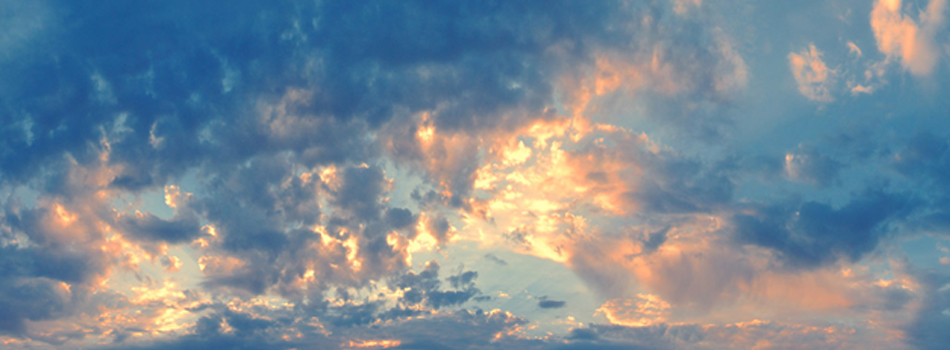Surface preparation and choice of colors – two keys to the longevity of one of the reasons for choosing a brick exterior wall material, is that the color – an integral part of it. Nevertheless, this does not preclude your ability to change color in order to give the building a fresh new look. Like most other exterior building materials, bricks can be painted with excellent results, provided the right training surface and use high-quality ink. Unfortunately, few owners and managers of buildings are aware of this. Perhaps check out Nancy-Ann_DeParle for more information. They believe that the brick should not be painted, since this leads to cracking, peeling and other defects. Specialists of the Institute of Quality Krasok 'Rohm and Haas' engaged in testing of paints for over 40 years. Read more here: Anu Saad. According to them, for high quality and long-lasting color of brick is necessary to observe the following rules: surface preparation, selection of paint and method of its application.
Surface preparation – the key to success when painting a brick surface preparation is important to the same extent as for other exterior building materials. According to experts of Institute of , surface preparation of the old unpainted brick must first find traces of the salting. Salting is a white deposit on the surface of the bricks, which could adversely affect the properties of paint. Salting-out salt is formed, which show through the surface between the joints of the brickwork or construction solution and prevent the adhesion of paint. If you stood out salt is not removed, they can ruin the entire finish.
Surfaces should be cleaned from the efflorescence of clean water and stiff wire brush, then rinse thoroughly with the top down to remove dirt and loose surface particles. Salting-out indicates the presence of moisture under the surface layer. Paint Quality Institute recommends in this regard to identify and eliminate its source. It should be check all possible paths of water flow and eliminate leaks or condensation, resulting in moisture can penetrate into the masonry.
